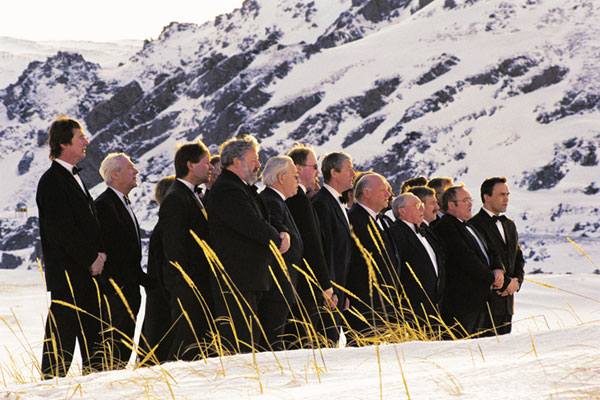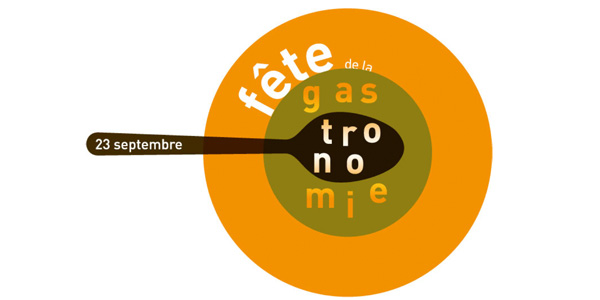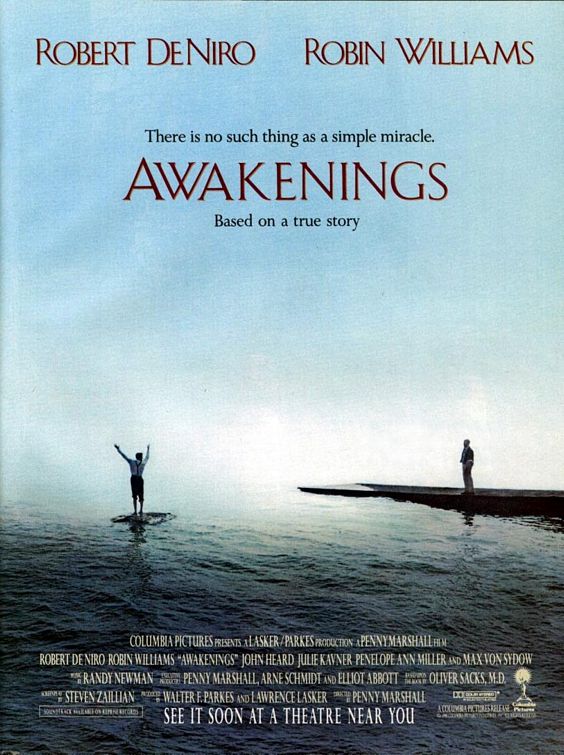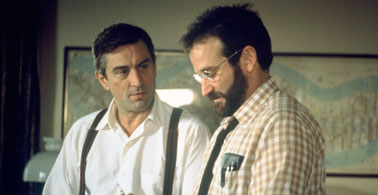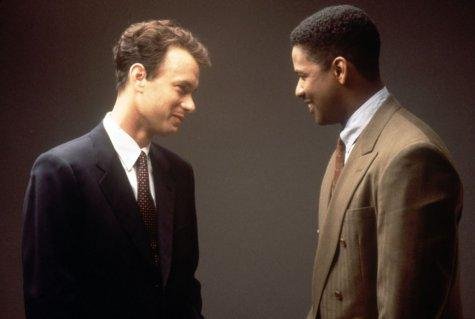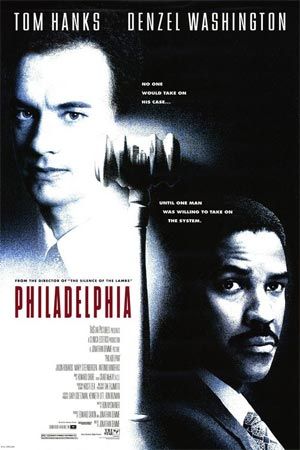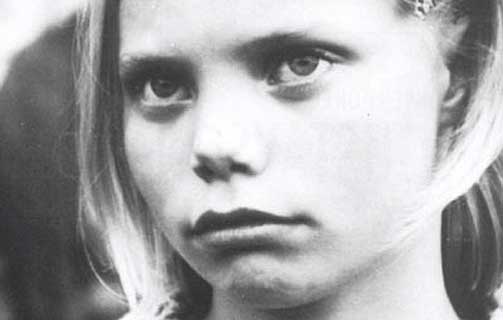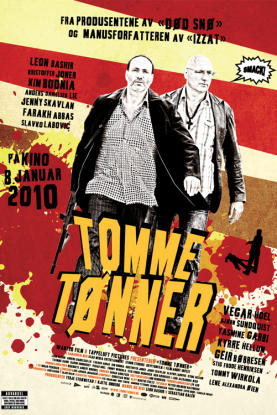
Another western with a hoary-headed 'hero'! We all remember 'True Grit' (with Jeff Bridges as the 'greyish' main character); 'Open Range' (Robert Duvall and Kevin Costner, the latter not so grey perhaps); 'Cowboys and Aliens' (Harrison Ford) - even though the latter is a combination of two popular genres - and earlier during the 1990's: 'Unforgiven' (Clint Eastwood, Gene Hackman and Morgan Freeman). More examples could be laid out but just to get us into the mood.
Aurore and I have seen all of these films except 'Cowboys and Aliens' and concerning 'Unforgiven' one can establish that it's at least a very humorous film, not taking itself to serious and that was refreshing.
In this film we meet the legendary Butch Cassidy (Sam Shepard) who has survived a standoff with the Bolivian Army in 1908 where his partner Sundance Kid died - or did he?
Now he has retreated from fast shooting adventures and lives under the name of James Blackthorn in a small cabin, with a Bolivian woman visiting him, helping him with the daily chores, including the sexual ones.
When we get into the film, he has decided to return to the US in order to live there for the rest of his life, with the money he has earned from a small self-mining project in Bolivia.
 Unfortunately he meets Eduardo Apodaca (Eduardo Noriega), a man who is chased by a posse and who now implore Blackthorn/Cassidy to help him.
Unfortunately he meets Eduardo Apodaca (Eduardo Noriega), a man who is chased by a posse and who now implore Blackthorn/Cassidy to help him.His crime? He has stolen 50 000US$ from a villainous mine owner where he worked, telling Blackthorn that he had been fooled by the owner, not having paid him his salary etc.
First B/C doubt Apodaca's credibility but gradually it seems as he is right and when the latter also tells B/C that he has hidden the money in a mine, they both try to find it. This not least as Apodaca, having shot at B/C, also chased his horse away, carrying a case with the money B/C had earned in Bolivia.
 Convinced that it's a "villain" and his 'haiduks' chasing Apodaca, B/C helps him, again and again, even though his Indian mistress is killed more or less because of Apodaca.
Convinced that it's a "villain" and his 'haiduks' chasing Apodaca, B/C helps him, again and again, even though his Indian mistress is killed more or less because of Apodaca.Finally our greyish hero discovers that his younger companion actually has stolen money from the poor Indians, not the rich owner of the mine and from this point the protector becomes the hunter.
On the whole this is a very traditionally told story, even though one have tried to make a reverse story concerning the historical traditions around the life of Butch Cassidy and his life Before and not least in this film: After Cassidy and after Bolivia.
Otherwise there are the 'traditional' ingredients as shootings, people getting killed, som love and romance, bars and liquor.
It could also be seen as a didactic story about how one come to realize that people are not always honest. In this case this is depicted throught the fact that our 'hero' realizes that he is travelling with an imposter, a kind of aha-experience, for the viewer rather obvious from the beginning. The director depicts it as if Cassidy didn't realize this and this perhaps just in order to display a sort of blindness caused by the fact that Cassidy himself so often had been chased by people he had robbed or ill treated, and therefore related to this young man.
Then again, Cassidy needs to help him as there's a lot of money waiting for him at the end of the journey.
There are som beautiful sceneries in this film and also some minor humorous parts but the scenario is as thin as the paper it's written on and I still ask myself why some directors are so eager to make these kind of films.
It's not enough referring to similar films and well known ones by injecting references to 'classic' oeuvres in the same tradition in order to create something new with this genre, it needs more than so.
The fact that one still make western films, is perhaps because the directors and actors, more or less, all grew up with westerns and have had the ambition, once in their life, making and acting in one themselves.
Another explanation could be that this ambition is connected to a sort of national identity-rebuilding-project in the US?
'Unforgiven' was made in a humorous way and with a lot of distance but I can't find this/these ingredient(s) to any larger extent in neither this film nor 'True Grit' or 'Open Range'.
On the contrary I find these films being made with the ambition to be serious about everything they try to tell us and because of this, the films turn out in a rather pathetic way.
Director: Mateo Gil.
(Poster copied from: http://www.shortandsweetnyc.com/wp-content/uploads/2011/08/Blackthorn-film.jpg)
(Eduardo Noriega/Apodaca copied from: http://www.twikeo.com/images/cinema/7680/11.jpeg)
(Eduardo Noriega/Apodaca copied from: http://www.twikeo.com/images/cinema/7680/11.jpeg)
(Photo 'Blackthorn' - 'Apodaca' copied from: http://www.filmsfix.com/images/affiches/blackthorn-8.jpg)









